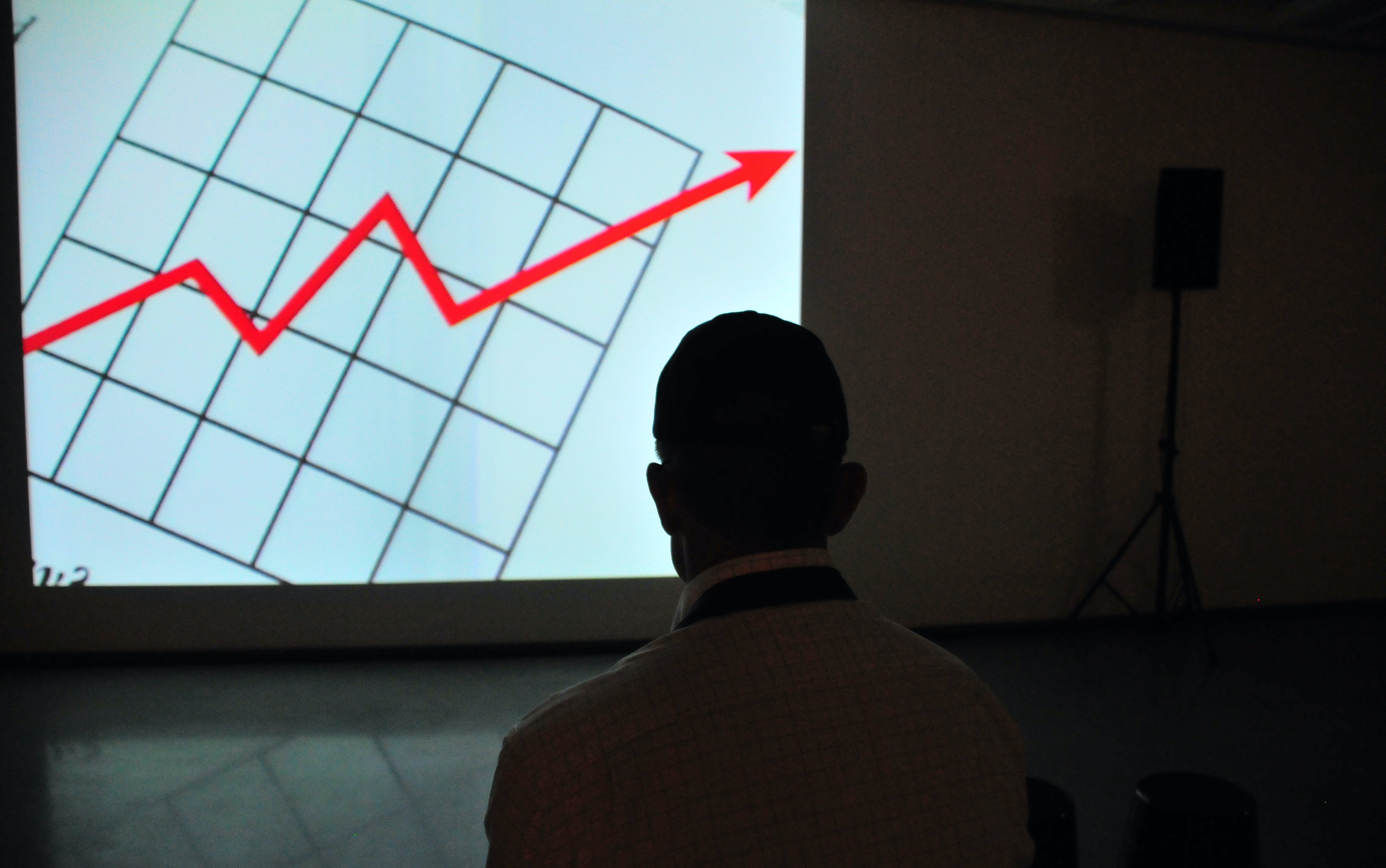EQUITIES
Shares in Asia-Pacific were mixed in Wednesday trade. The Shanghai composite in mainland China fell 1.16% while the Hong Kong’s Hang Seng index, which fell more than 2% on Tuesday, slipped 0.10%. China surprisingly defied expectations by keeping its benchmark lending rate unchanged on Wednesday, with markets seeing the move as Beijing's cautious approach to rolling out more easing measures as the economy slows due to COVID-19 lockdowns.
Elsewhere, the Nikkei 225 in Japan climbed 0.84%, the South Korea’s KOSPI rose 0.10%, and Singapore’s FTSE Straits Times index advanced 0.85%. Australian stocks also traded in positive territory as the S&P/ASX 200 gained 0.12%.
Overnight on Wall Street, the Dow Jones Industrial Average rose 1.45%, to 34,911.2, the S&P 500 gained 1.61%, to 4,462.21 and the Nasdaq Composite added 2.15%, to 13,619.66. The advances were the most by all three since March 16.
European stocks are expected to open higher later today as investors monitor developments in Ukraine and assess the IMF’s latest global economic forecasts.
OIL
Oil prices rebounded on Wednesday from sharp losses in the previous session as concerns about tighter supplies from Russia and Libya dominated, and U.S. crude inventories last week dropped.
According to market sources citing API figures on Tuesday, the U.S. crude stocks fell 4.5 million barrels last week, a drop against expectations of an increase in inventories. The EIA will release its weekly data later today.
Brent crude futures was at $107.18 a barrel by while the WTI crude futures contract rose 0.64% to $103.10 a barrel.
Both benchmarks fell more than 5% in volatile trading overnight after the IMF cut its growth forecasts for the global economy and warned of higher inflation.
CURRENCIES
U.S. Treasury yields continued to surge to multi-year highs as investors prepared for the Fed to aggressively raise rates as the central bank tries to stem soaring inflation. The 10-year yields touching 2.981% for the first time since December 2018, before last at 2.925%.
The dollar index, which measures the currency against six major peers, edged slightly lower to 100.750, after earlier touching a high above 101, a level not seen since March 2020.
China surprisingly kept its benchmark lending rates for corporates and households steady on Wednesday, going against the global trend of monetary tightening as major economies battle inflation. China on Wednesday kept its one-year loan prime rate unchanged at 3.7%, while also holding steady on the five-year LPR at 4.6%.
GOLD
Gold prices hit a more than one-week low on Wednesday, as a firmer US dollar and Treasury yields continued to weigh on bullion demand.
Spot gold was down 0.53% at $1,939.70 per ounce, after hitting its lowest since April 11. U.S. gold futures fell 0.82% to $1,943.00.
Spot silver dipped 0.6% to $25.00 per ounce, platinum eased 1.3% to $977.93, while palladium gained 0.4% to $2,380.29.
ECONOMIC OUTLOOK
Stocks were traded mixed on Wednesday as investors monitor developments in Ukraine and assess the IMF’s latest global economic forecasts, while also pressured on worries about the fallout from China's pandemic lockdowns.
The Russia-Ukraine conflict has entered a second phase in which fierce fighting has begun in the east of the country. Russia gave Ukrainian fighters holding out in Mariupol a new ultimatum to surrender on Wednesday as it pushed for a decisive victory in its offensive in the east, while Western governments promised to give Ukraine more military help.
On Tuesday, the IMF cut its global growth projections for 2022 and 2023, saying the economic impact from Russia’s invasion of Ukraine will “propagate far and wide.” While on Monday, the World Bank lowered its global growth forecast for 2022 by nearly a full percentage point, from 4.1% to 3.2%, citing the pressure that Russia’s invasion of Ukraine has placed on the global economy.
At the same time, inflationary pressure from the disruption and from war in Ukraine is adding to markets' expectation of an aggressive response from US monetary policymakers which is driving US Treasury yields higher and the yen lower.
China surprisingly kept its benchmark lending rates for corporate and household loans steady at its April fixing, defying expectations, as Beijing has become more cautious in rolling out easing measures to aid a slowing economy and fallout from pandemic lockdowns. In contrast to most major economies that have started to tighten monetary policy to combat inflation, China has stepped up easing to cushion the slowdown. The one-year LPR was kept at 3.70% and the five-year LPR was unchanged at 4.60%. The Chinese yuan hit its lowest since October.














